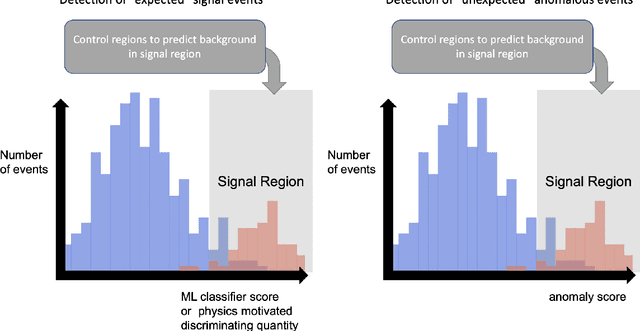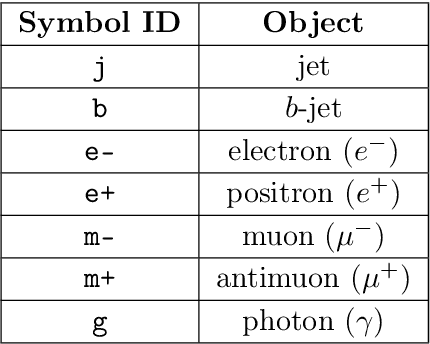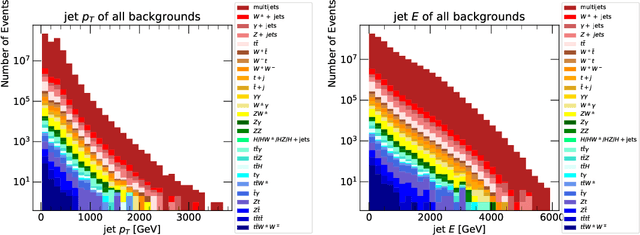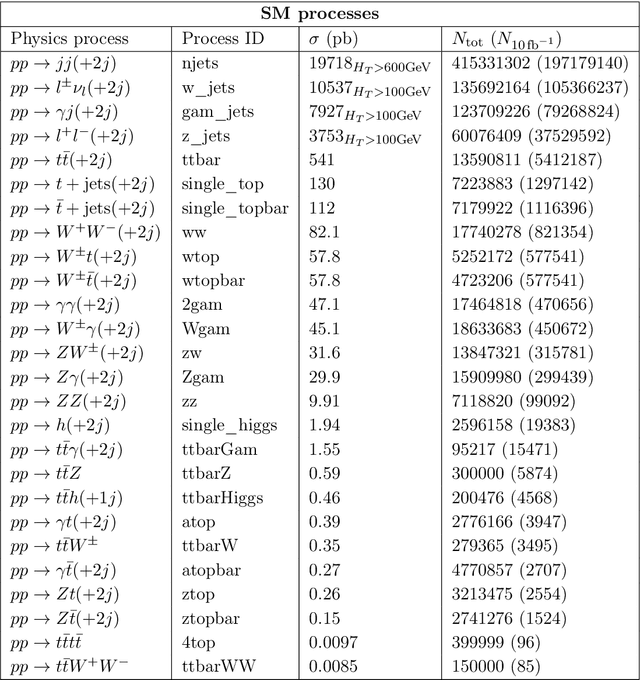T. Aarrestad
Within-Camera Multilayer Perceptron DVS Denoising
Apr 15, 2023Abstract:In-camera event denoising reduces the data rate of event cameras by filtering out noise at the source. A lightweight multilayer perceptron denoising filter (MLPF) provides state-of-the-art low-cost denoising accuracy. It processes a small neighborhood of pixels from the timestamp image around each event to discriminate signal and noise events. This paper proposes two digital logic implementations of the MLPF denoiser and quantifies their resource cost, power, and latency. The hardware MLPF quantizes the weights and hidden unit activations to 4 bits and has about 1k weights with about 40% sparsity. The Area-Under-Curve Receiver Operating Characteristic accuracy is nearly indistinguishable from that of the floating point network. The FPGA MLPF processes each event in 10 clock cycles. In FPGA, it uses 3.5k flip flops and 11.5k LUTs. Our ASIC implementation in 65nm digital technology for a 346x260 pixel camera occupies an area of 4.3mm^2 and consumes 4nJ of energy per event at event rates up to 25MHz. The MLPF can be easily integrated into an event camera using an FPGA or as an ASIC directly on the camera chip or in the same package. This denoising could dramatically reduce the energy consumed by the communication and host processor and open new areas of always-on event camera application under scavenged and battery power. Code: https://github.com/SensorsINI/dnd_hls
The Dark Machines Anomaly Score Challenge: Benchmark Data and Model Independent Event Classification for the Large Hadron Collider
May 28, 2021



Abstract:We describe the outcome of a data challenge conducted as part of the Dark Machines Initiative and the Les Houches 2019 workshop on Physics at TeV colliders. The challenged aims at detecting signals of new physics at the LHC using unsupervised machine learning algorithms. First, we propose how an anomaly score could be implemented to define model-independent signal regions in LHC searches. We define and describe a large benchmark dataset, consisting of >1 Billion simulated LHC events corresponding to $10~\rm{fb}^{-1}$ of proton-proton collisions at a center-of-mass energy of 13 TeV. We then review a wide range of anomaly detection and density estimation algorithms, developed in the context of the data challenge, and we measure their performance in a set of realistic analysis environments. We draw a number of useful conclusions that will aid the development of unsupervised new physics searches during the third run of the LHC, and provide our benchmark dataset for future studies at https://www.phenoMLdata.org. Code to reproduce the analysis is provided at https://github.com/bostdiek/DarkMachines-UnsupervisedChallenge.
 Add to Chrome
Add to Chrome Add to Firefox
Add to Firefox Add to Edge
Add to Edge